The amount of new cars on the lots at the beginning of 2022 is somewhat discouraging to say the least. This is causing a lot of consumers to look at pre-owned vehicles when they would normally purchase a new one.
When buying a new vehicle, you know that unless you’ve paid extra for it, the vehicle is definitely free of any sort of ceramic coating. Trust me- it’s far too labor-intensive for a dealership to add one free of charge. When buying a pre-owned vehicle however, the level of paint protection applied by the previous owner may not be obvious right away.
How can you tell if the vehicle has had a ceramic coating applied versus a wax or paint sealant?
- Pay attention to water behavior
- Feel your paint
- Watch how dirt and dust react to it
- Check for documentation
In order to begin investigating the case of “is my car ceramic coated?” let’s first take a quick look at the difference between ceramic coating, paint sealant, and good old carnauba wax.
The main difference between wax and paint sealant is how long it lasts before breaking down and losing its water beading properties. Since a paint sealant is typically thicker, it will last longer before needing to be reapplied.
Ceramic coating however is chemically bonded to the paint, therefore it doesn’t break down over time. In fact, in order to have it removed an extensive paint polishing procedure must be completed.
You can learn more about how ceramic coatings and waxes compare in this article:
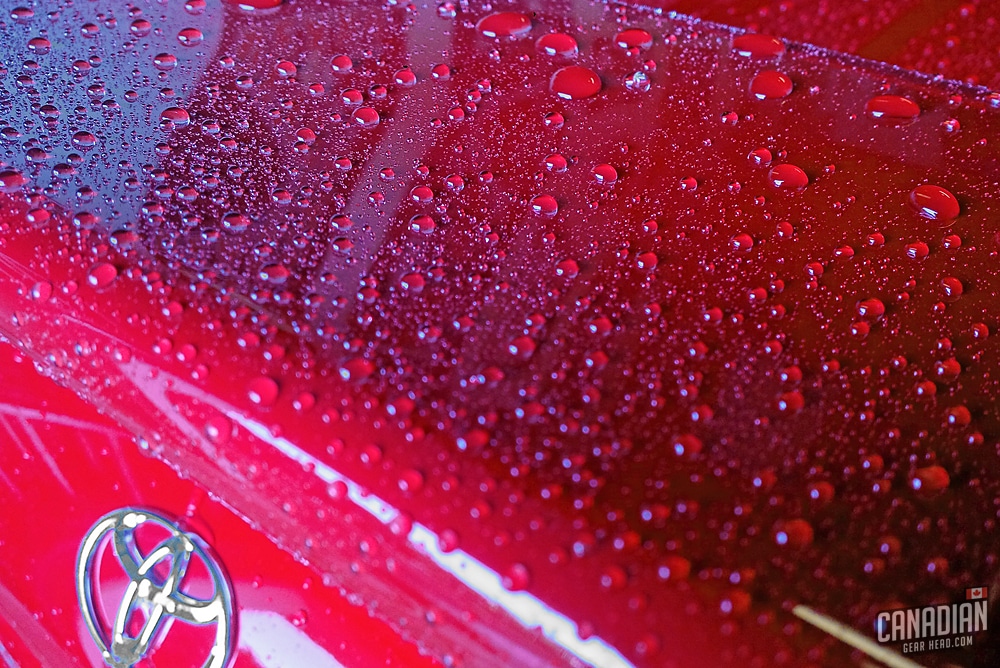
1. Pay attention to water behavior
We’ve already discussed water beading properties. Ceramic coatings along with wax and paint sealant tend to make the water on your car’s painted surfaces pool together in tight water droplets known as beads.
The difference between them might not be evident at first glance, in fact, you may not even be able to tell a coated car from a waxed car or an unprotected car based on water behavior alone. Let me explain:
If a car’s paint is free of contaminants and its surface is smooth, you are going to get some level of water beading. A car that has been protected in some way but has been allowed to develop some level of surface contaminants isn’t going to bead as well. So don’t base your entire judgment on water behavior.

2. Feel your paint
The next thing we want to look at is the way the paint feels. Is the paint slick or a little rough? Waxes, paint sealants, and ceramic coatings tend to make the paint feel smooth and slippery. If you’ve had your vehicle for a few months and your water isn’t beading as much or the paint isn’t feeling as smooth there’s a chance your vehicle doesn’t have a ceramic coating installed.

One way to be sure is to wash your vehicle and do a gentle decontamination with ceramic-approved products. If the water beading properties and slickness return without adding any topcoat type of products, it is quite possible that a ceramic coating has been applied in the past and was only neglected.
Go ahead and add a ceramic coating topper at this point to fully restore the properties of the ceramic coating.
3. Watch how dirt and dust react to it
Another indicator of a ceramic coated car is the behavior of the dust and dirt that collects on the vehicle when in contact with water. For instance, if the vehicle is dusty or lightly dirty when the vehicle becomes wet after it has rained or the vehicle has been rinsed.
Take a look at where the dust is. Has the dust stuck to the paint or has it been lifted by the water and can be seen floating in the water droplets? If you see the dust and dirt floating in the water droplets, it’s a pretty good indicator of a ceramic coating having been applied previously. Since most coatings have a self-cleaning effect this is a solid indicator of the presence of a ceramic coating.

4. Check for documentation
When purchasing a vehicle there are a few things to look for in determining whether the car has been coated in the past. When buying privately you can simply ask the seller if the vehicle has been ceramic coated. If that is the case the seller shouldn’t mind showing you the receipt from the installer.
Bear in mind ceramic coatings are becoming more user-friendly and many companies sell a DIY coating alongside their warrantied and professionally installed coatings. If the coating was installed by the owner, analyze the workmanship from multiple angles and with a moving light source.
You’re looking for high spots in the coating to determine how well the coating was applied and whether or not those high spots will need to be polished and the coating reapplied. A high spot will look like a darker section in the paint or small streaks and water drops.
If you’re purchasing a vehicle at a dealership they may have received documentation from the previous owner in hopes that it would increase the trade-in value. In that case, the dealership is going to attempt to recoup the higher trade-in value when selling the vehicle and will most likely have kept that documentation on file.
If you suspect the car has been coated but the dealership has no record of it- there are a few things to check out.
Firstly, have them look up the vehicle’s history on CarFax. A registered installer for a high-end coating with a warranty will most likely report the work they have completed, that way it can be traced back to the installer and the warranty can be transferred to a new owner.
Another thing a registered installer may do is apply decals to the vehicle to notify anyone who may want to wash the vehicle on how to best proceed. Look for these decals somewhere in the driver’s door jamb, the fuel door, or the glove box. They might have the installer’s personal business information, the coating company’s information, or both.
How to tell if your car has paint protection film
Paint protection film or PPF for short is often applied to high-end sports cars and luxury vehicles along with a ceramic coating. The amount of body panels covered in PPF depends on the owner’s use for the vehicle along with the desired protection.
A dead giveaway is the edges – since PPF is fairly thick you’ll notice the edge just by looking at it if it doesn’t cover an entire panel. It will also be evident when passing your hand over the surface. This is common if the owner was trying to save a few dollars but also attempting to protect the most vulnerable portion of the car.
The front bumper, exterior mirrors, and the leading edge of the hood and front fenders are commonly covered in PPF as well as the areas behind both the front and rear wheels.
It’s also common practice on a budget PPF install to not wrap the film around the panel especially if the installer is using a cut file and not freehand wrapping the panel. This saves the installer time and the consumer money. Some cars also have small sections of PPF installed at the factory in the areas that commonly receive a pelting from small pebbles the tires kick up.
Just remember that the presence of PPF doesn’t mean the car hasn’t been ceramic coated, though the PPF section may not have the same surface texture; they both can benefit from a ceramic coating.
This post is part of our series on the truth behind ceramic coatings.
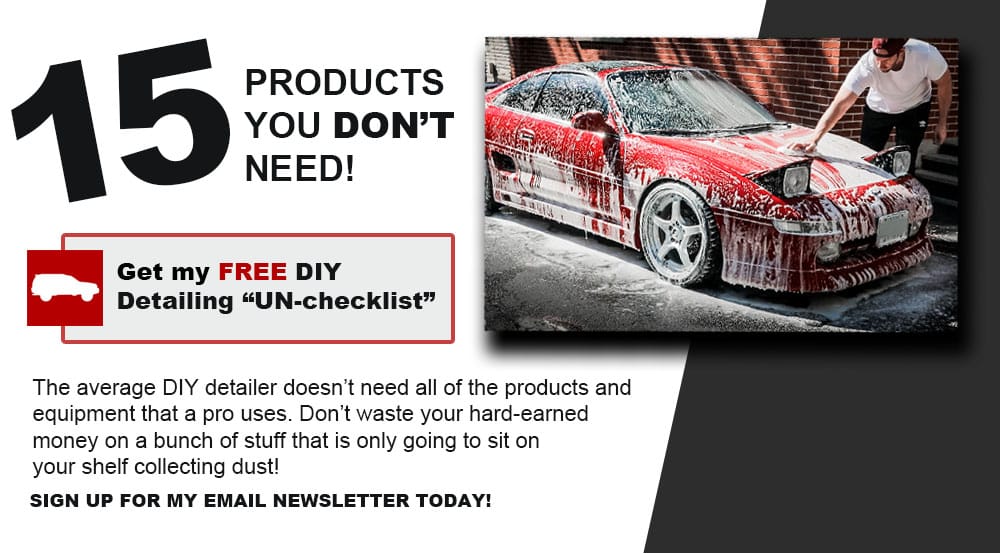
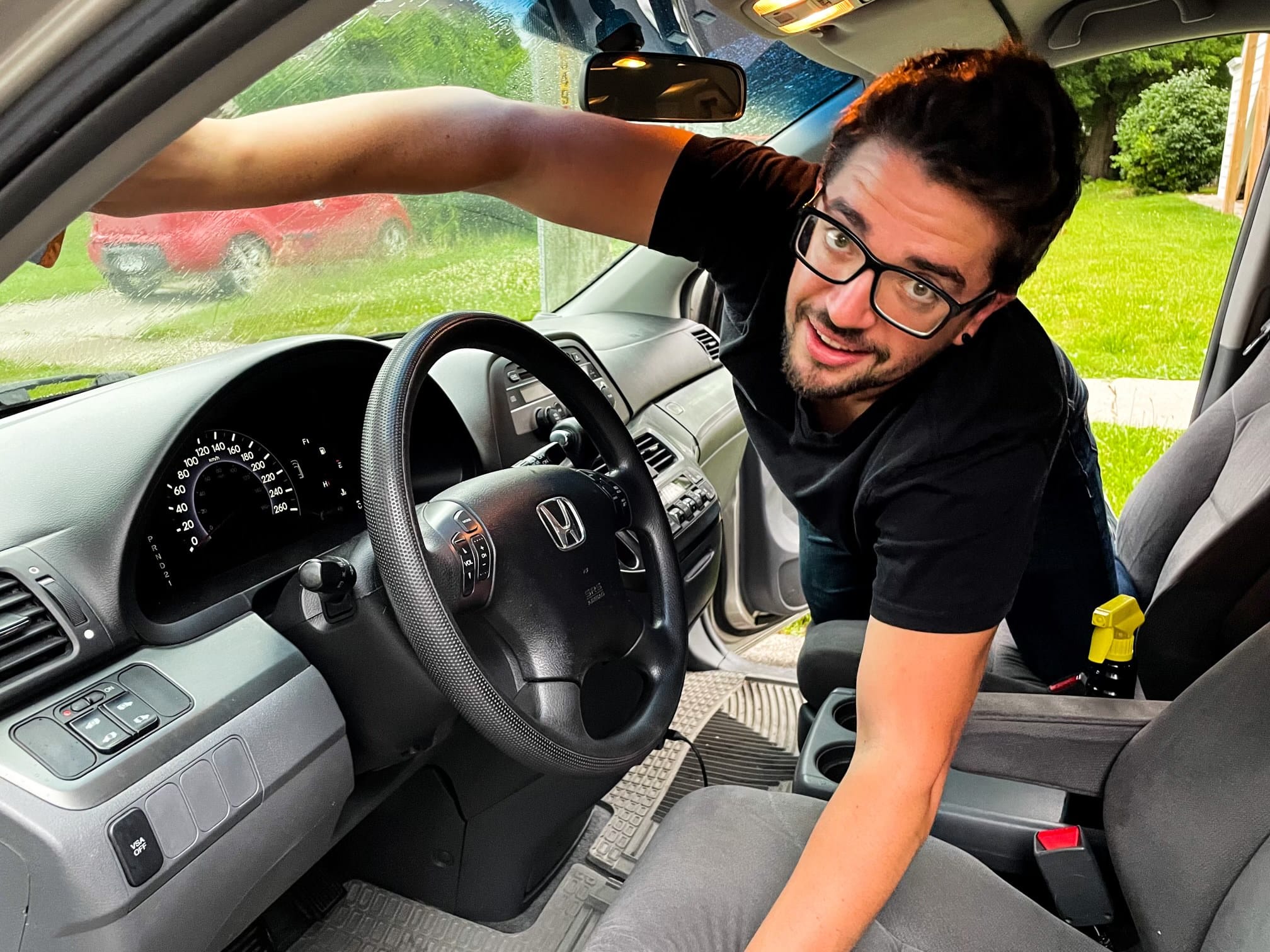
Jeremy got his start in the automotive industry in 2012 as a detailer. He also tried sales and a role in the service department at a Chrysler dealership before deciding to become an automotive technician for Volkswagen. Read more about Jeremy:

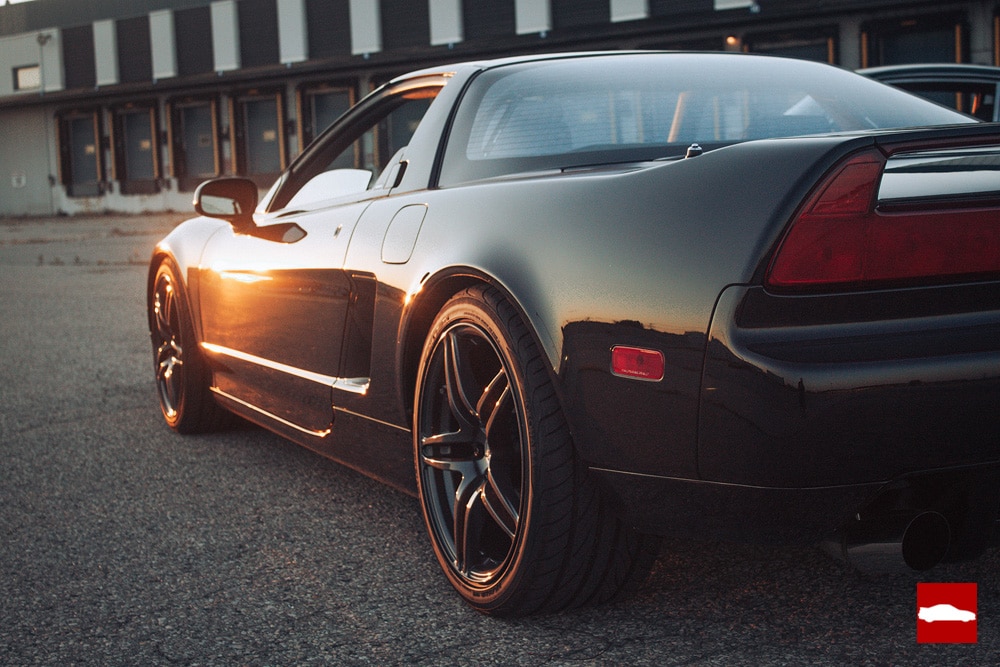


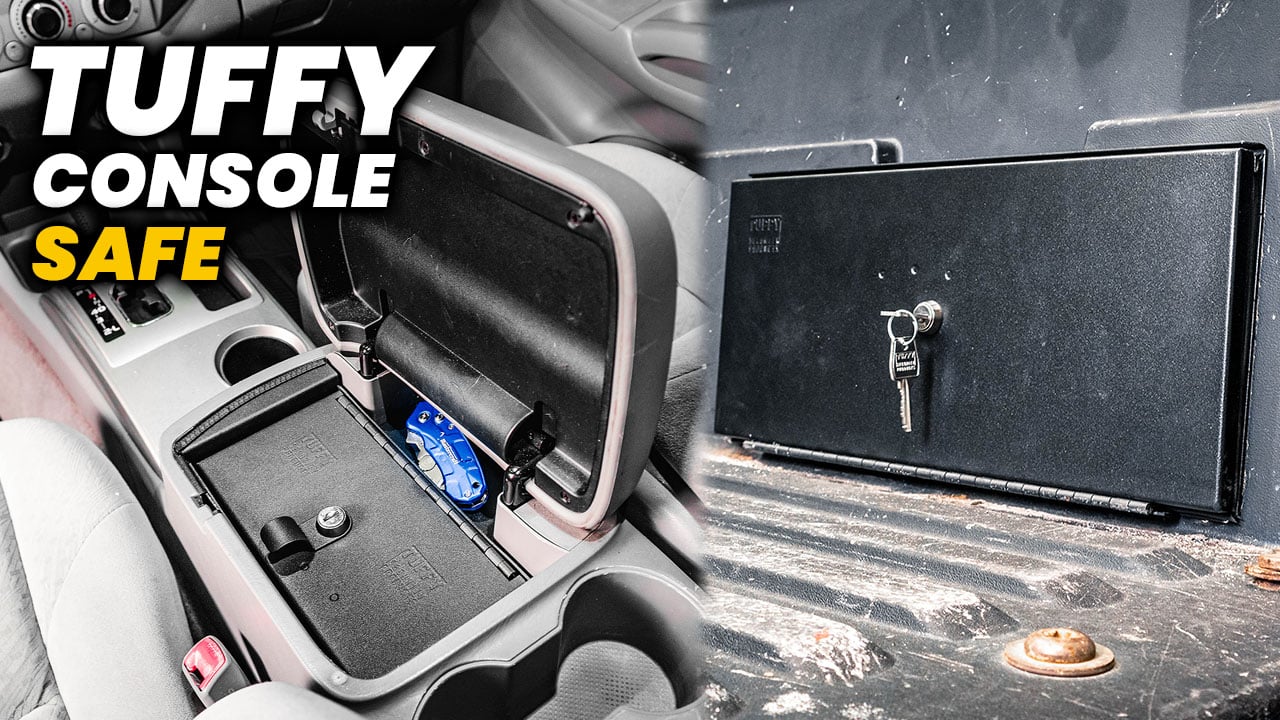
Leave a Reply